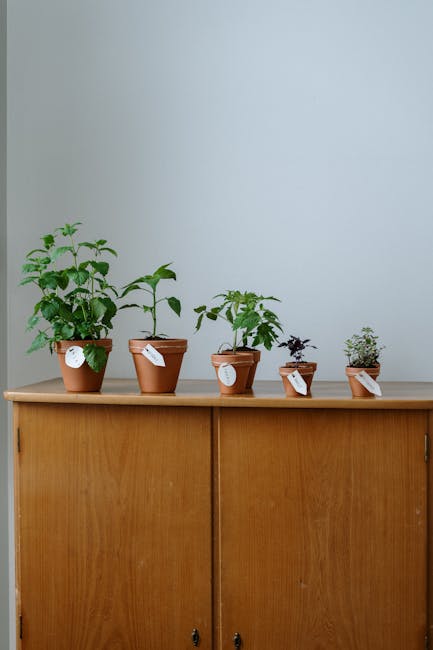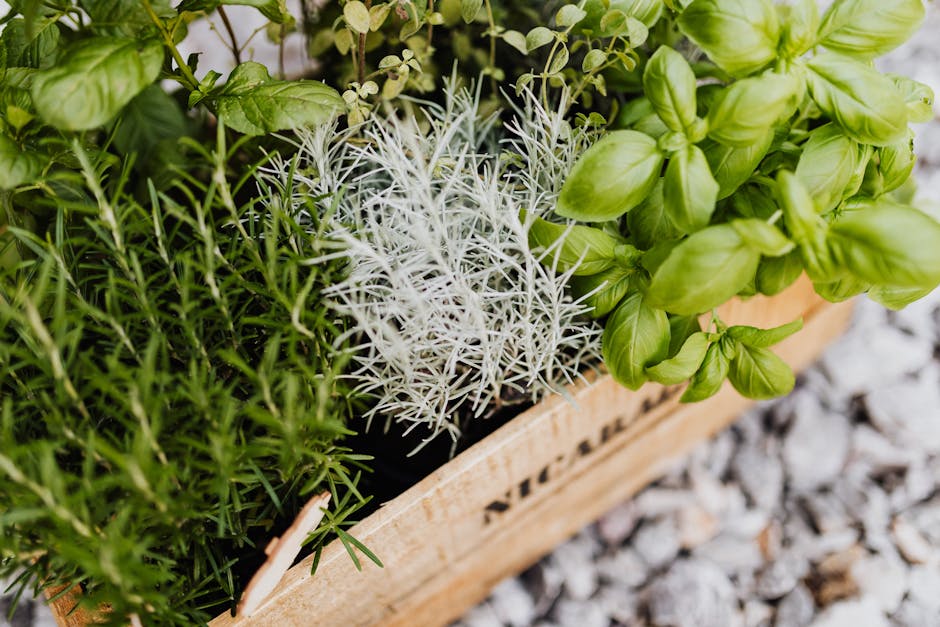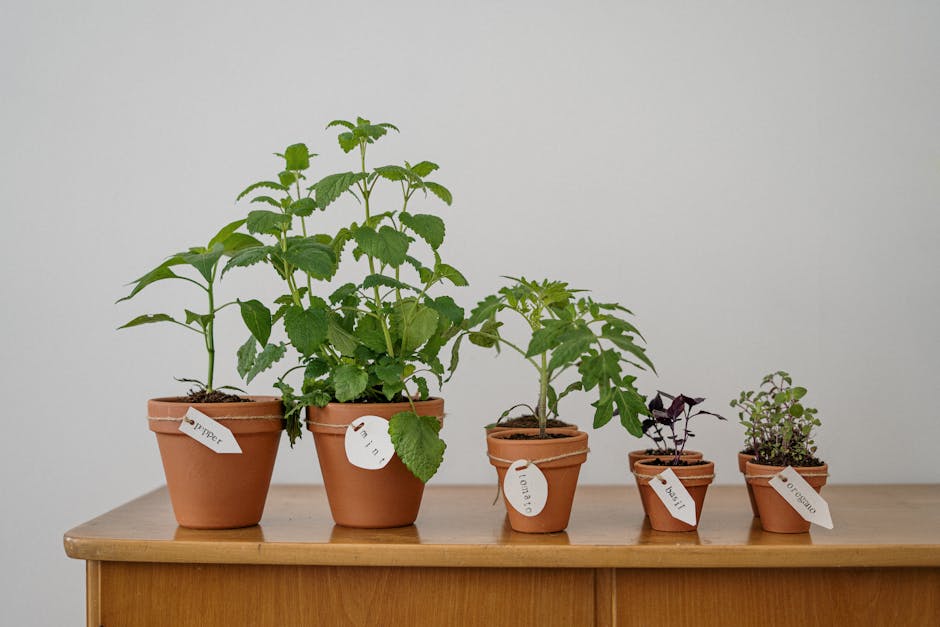How to Pick Basil: Harvesting Techniques for a Thriving Herb Garden
Basil, with its fragrant leaves and versatile culinary applications, is a beloved herb for home gardeners. However, knowing how to pick basil correctly is crucial for maximizing yield and ensuring your plant continues to flourish throughout the growing season. Improper harvesting can stunt growth and even kill your plant. This comprehensive guide will equip you with the knowledge and techniques to harvest basil effectively, guaranteeing a continuous supply of fresh leaves for your kitchen.
Understanding Basil Growth
Basil is a warm-season annual, meaning it thrives in warm temperatures and completes its life cycle within a single growing season. Understanding its growth habit is essential for proper harvesting. Basil plants grow from the top, producing new leaves and stems as they mature. By understanding this, you can harvest strategically without damaging the plant’s ability to produce more leaves.
Types of Basil
Different basil varieties may have slightly different growth habits, but the general principles of harvesting remain the same. Popular varieties include Genovese basil (sweet basil), Thai basil (with its licorice-like flavor), and purple basil (with its striking color). While harvesting techniques are similar, some varieties might be more sensitive to heavy pruning than others. Always research your specific basil variety for optimal harvesting practices.

Harvesting Methods: A Step-by-Step Guide
There are several methods for picking basil, each with its own advantages and disadvantages. The best method depends on the size of your plant, your desired harvest quantity, and the stage of growth.
Method 1: The Pinch Method (for young plants)
This method is best suited for young basil plants that have only a few sets of leaves. Gently pinch off individual leaves or small stems just above a leaf node. This encourages bushier growth and prevents the plant from becoming leggy.
- Identify a leaf node (the point where a leaf stem connects to the main stem).
- Pinch the stem just above the leaf node using your thumb and forefinger.
- Remove the leaves and discard any damaged or discolored ones.
Method 2: The Cut-and-Come-Again Method (for established plants)
For more mature plants, the cut-and-come-again method is highly effective. This involves cutting the stems about one-third to one-half of their length. This encourages multiple growth points and a more substantial harvest.
- Use sharp scissors or pruning shears to make clean cuts.
- Cut above a node, leaving at least 2-3 sets of leaves on each stem.
- Cut at an angle to prevent water from pooling on the cut surface.
- Harvest in the morning after the dew has dried to minimize the risk of disease.
Method 3: Harvesting for Drying
If you plan to dry your basil, harvest stems when the plant is in full bloom. Cut the entire stem just above the soil line. This allows for a larger volume of leaves to dry at once, resulting in a higher yield of dried basil.

Tips for Maximizing Basil Growth
Proper harvesting is only one part of the equation. To ensure your basil continues to thrive, consider these essential tips:
- Sunlight: Basil needs at least 6 hours of direct sunlight per day.
- Watering: Keep the soil consistently moist but not waterlogged.
- Fertilizing: Use a balanced fertilizer every 2-3 weeks to promote healthy growth.
- Pest Control: Regularly inspect your plants for pests and take appropriate action.
- Pinching: Regularly pinch off flower buds to encourage leafy growth.
- Spacing: Ensure adequate spacing between plants for proper air circulation.
Troubleshooting Common Basil Problems
Even with proper harvesting, some issues might arise. Here are some common problems and how to address them:
Bolting
Bolting occurs when basil plants start to flower prematurely. This is often triggered by hot temperatures or stress. Regular pinching of flower buds and providing shade during the hottest part of the day can help prevent bolting.
Pests and Diseases
Aphids, whiteflies, and fungal diseases can affect basil plants. Regular inspection and prompt treatment with insecticidal soap or fungicides can prevent serious damage.

Yellowing Leaves
Yellowing leaves can indicate overwatering, underwatering, nutrient deficiency, or disease. Address the underlying cause by adjusting watering habits, fertilizing, or treating any diseases.
Preserving Your Basil Harvest
Once you’ve harvested your basil, proper preservation is crucial to maintain its flavor and freshness.
- Refrigeration: Store freshly picked basil in a plastic bag in the refrigerator for up to a week.
- Freezing: Blanch basil leaves for 30 seconds in boiling water, then plunge into ice water. Dry thoroughly and freeze in airtight containers.
- Drying: Hang stems upside down in a dark, airy location or use a food dehydrator.
- Basil Pesto: Make pesto and freeze it in ice cube trays for convenient use later.
By following these guidelines, you can confidently harvest basil and maintain a thriving, productive plant, ensuring a constant supply of this delicious and versatile herb for your culinary creations.
